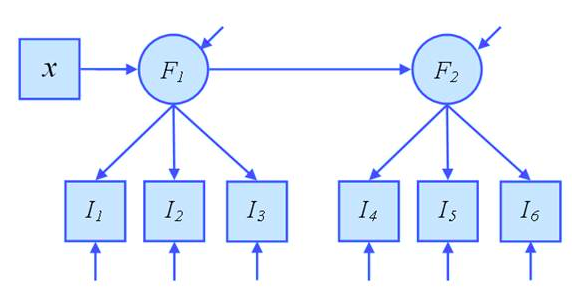What is person-centered analysis?
Within quantitative research, most analyses can be grouped into two main types of analyses: person-centered and variable-centered. Both types of analyses use quantitative variables, and are therefore considered quantitative. Thinking about variable-centered analyses seems more intuitive.
Variable-Centered analyses are ones that treat each variable (or characteristic) as related to another variable. For example whether mentoring is related to achievements. In previous posts, we reviewed four types of such analyses:
Correlations – investigates to what extent 2 variables change together or covary.
ANOVAs – investigates group differences
Regressions – investigates how one or more variable predicts one outcome (dependent) variable.
Path Models – allow the investigation of complex relations between variables including more than one outcome variable.
Person-Centered analyses use mathematical formulas (i.e., algorithms) to investigate how the variables combine across individuals.
Unlike variable-centered analyses that consider how characteristics are related to each other, person-centered analyses investigate how these variables group within individuals.
Two most commonly used analyses include cluster analyses and latent class analyses. These analyses are similar in principle, but use different algorithms to form groupings of individuals based on characteristics. For example, in our recently published paper, we used such analyses to investigate whether youth have varying levels of Sparks. Instead of deciding on how to combine the variables, we let the data speak to itself by grouping individuals that have similar patterns of grouping of variables.









